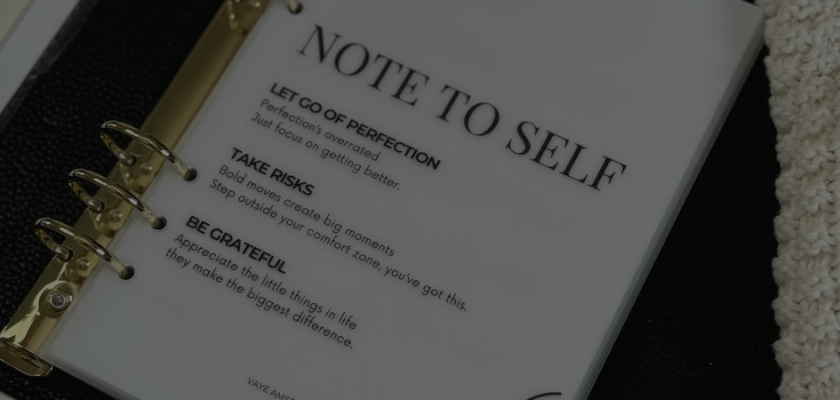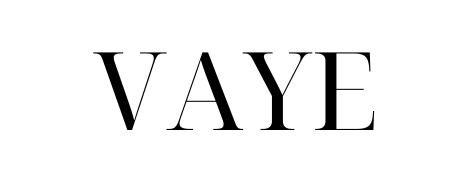
The best budget categories for cash stuffers
Share
If you're just getting started with cash stuffing (or just Googling about it), chances are you're thinking, "Nice system, but which envelopes do I actually need?"
Don't worry – you're not alone. Choosing the right budget categories is one of the most important steps when you start cash stuffing. And no, you don't have to have 30 envelopes with fancy labels and glitter stickers right away (although that would certainly be fun 😉).
In this blog post, I'll give you a clear overview of the most popular and practical categories, so you can set up your cash stuffing system in a clear and personalized way.
What are budget categories anyway?
Let's start at the beginning.
A budget category is simply a component of your budget. Think groceries, gas, clothing, you name it. Cash stuffing involves assigning cash a "task," which you do by physically placing it in envelopes (or folders, wallets, etc.) for each category.
Each category has its own amount—based on your income and expenses—and you can only spend that amount on that . This way, you prevent your entire balance from disappearing in a single week on spontaneous H&M shopping trips or six coffees to go 😅.
Why categories are so important
If your categories are too vague or too general, the whole system will lose some of its effectiveness. The goal of cash stuffing is control and awareness over your money . And that starts with clarity.
With the right categories you know:
- Where your money goes
- What you (unconsciously) spend a lot on
- Where you might want to create more space (for example for saving or fun)
Popular and useful budget categories
Okay, here comes the real work. Which categories can you use? I've divided them into four logical blocks: fixed costs, variable costs, savings goals, and personal/fun categories.
Fixed costs
These categories are pretty standard – you pay them (almost) every month, usually the same amount.
- Rent or mortgage
- Gas / Water / Electricity
- Health insurance and other insurances
- Internet & Telephone
- Subscriptions (Netflix, Spotify, etc.)
Note: You'll likely pay many of these costs by direct debit. However, some cash-stuffers choose to physically set the amount aside (for example, in a bank envelope) so they know what's left at the end of the month.
Variable costs
These are the expenses that are slightly different every month, and where you can quickly get out of control if you don't have an overview.
- Groceries – One of the most popular envelopes!
- Petrol / Public transport / Bicycle repair
- Eating and drinking outside (yes, this includes your cappuccinos)
- Hairdresser / Nails / Beauty
- Gifts (birthdays, baby showers, weddings, etc.)
- Pets (food, vet, toys)
The great thing about these envelopes is that they really help you make conscious choices. If you only have €10 left in your "Eating Out" envelope, you might prefer to have lunch at home.
Savings categories
Cash stuffing isn't just about spending; it's also about consciously saving. And saving becomes much more enjoyable when you know exactly what you're saving for.
- Emergency fund – For when the washing machine breaks down or your car suddenly starts acting up
- Vacation – Even a weekend away is more fun if it's already 'paid in advance'
- Christmas – December stress? Not if you start putting aside €10 a month from January onwards.
- Birthdays – For your partner, kids or yourself
- Car maintenance / MOT
- Future bills – Such as municipal taxes or school fees
Tip: You can also create seasonal envelopes. Think "Summer Vacation," "Back to School," or "December."
Personal or 'fun' categories
And then the best part: the categories that simply make you happy.
- Clothing / Shoes
- Self-care (think: massage, spa, skincare)
- Outings / Evenings out
- Hobbies (books, crafts, gaming, gardening…)
- Fun Money – This one is worth its weight in gold. It's just a sum of money you can do with whatever you want, guilt-free.
Why are these categories so important? Because spending money can be fun too. If you tighten everything too tightly, it's unsustainable. These envelopes create balance.
How many categories should you have?
The saying goes: less is more , especially when you're just starting out.
👉 Start with 5 to 8 categories.
👉 Add later when your system is running smoothly.
👉 Keep it clear and logical – otherwise you’ll get lost.
Example for beginners:
- Groceries
- Petrol
- Fun Money
- Holiday
- Emergency fund
- Gifts
- Clothing
- Eating out
If necessary, use one 'general' envelope for things you can't quite estimate yet, and split it up later.
How do you determine your personal categories?
Everyone lives differently, so your budget should be tailored to you. Here are a few tips:
- Look at your bank statements from the past 2-3 months. Where is your money really going?
- Think about things you often forget to schedule, like birthdays or annual bills.
- Make room for things that make you happy. Saving can be serious, but not boring.
Conclusion
Cash stuffing really works – provided you have categories that work for you . You don't have to make it complicated. In fact, the simpler and more personal you keep it, the more likely you are to stick with it.
And you know what's best? After a while, you'll notice that you're not only gaining control over your money, but also over your habits. You'll get to know yourself better, simply by seeing where your money goes and why.
So grab those empty envelopes, write something on them (or just use a pen), and start your own cash-stuffing adventure. You control the system—and that's precisely its power. 💪
